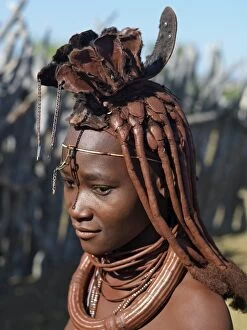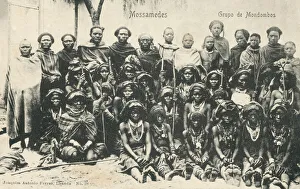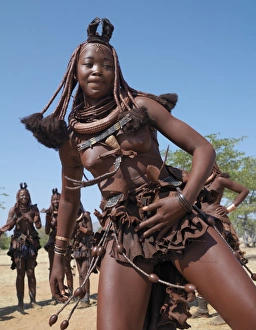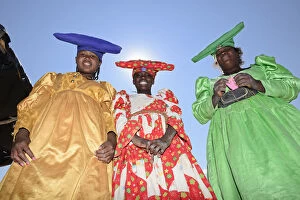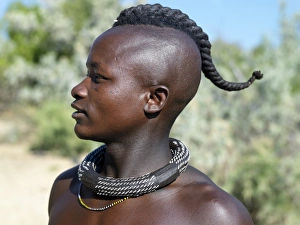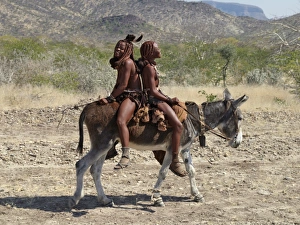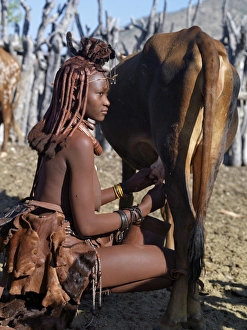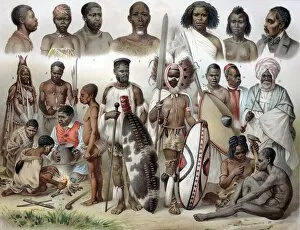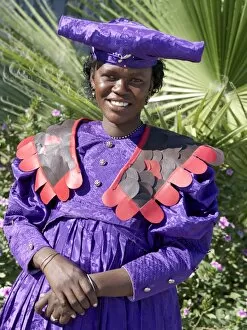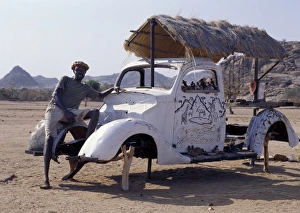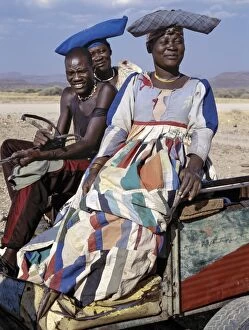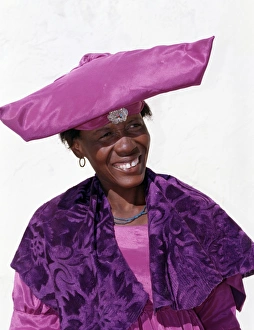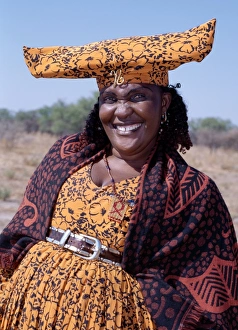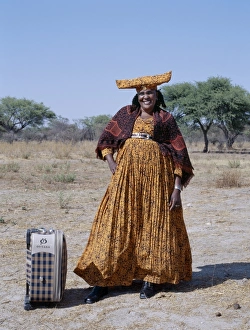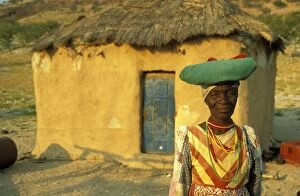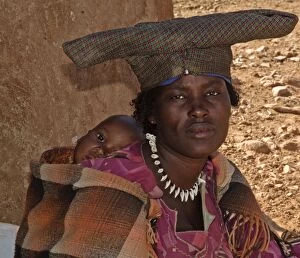Herero Collection
The Herero people, known for their vibrant culture and rich traditions, have captivated the world with their unique attire and customs
All Professionally Made to Order for Quick Shipping
The Herero people, known for their vibrant culture and rich traditions, have captivated the world with their unique attire and customs. A Himba woman in traditional attire stands proudly, her body adorned with a striking mixture of red ochre that glistens under the African sun. In Luanda, Angola, a group of Mondombos Tribespeople from Mocamedes showcase their heritage through dance and celebration. Himba women gracefully perform the otjiunda dance, a mesmerizing display of rhythm and movement that tells stories passed down through generations. Their colorful garments reflect the beauty of Damaraland in Namibia as they pose for a captivating portrait. The history of the Herero is deeply intertwined with moments both triumphant and tragic. From bloody battles fought in South-West Africa to pursuing Simon-Copper-Hottentotts across the vast expanse of the Kalahari Desert, these brave warriors left an indelible mark on history. In 1904, Captain Franke led his troops into battle against the Hereros - an event shrouded in mystery as its creator remains unknown. The German garrison at Windhoek found themselves besieged by this resilient tribe during one fateful year. Amidst tales of conflict and struggle lies glimpses into everyday life within Herero communities. A loving family embraces each other tightly while residing in Okaharui - a snapshot frozen in time by an anonymous photographer's lens. Not only do we witness their strength on battlegrounds or within familial bonds but also appreciate their commitment to preserving cultural identity. A Himba youth proudly displays his hair styled in a long plait called ondatu - symbolizing tradition carried forward into modern times. The story of "Herero" transcends borders; it speaks volumes about resilience, pride, and unity among African tribes who continue to honor their roots amidst an ever-changing world.

